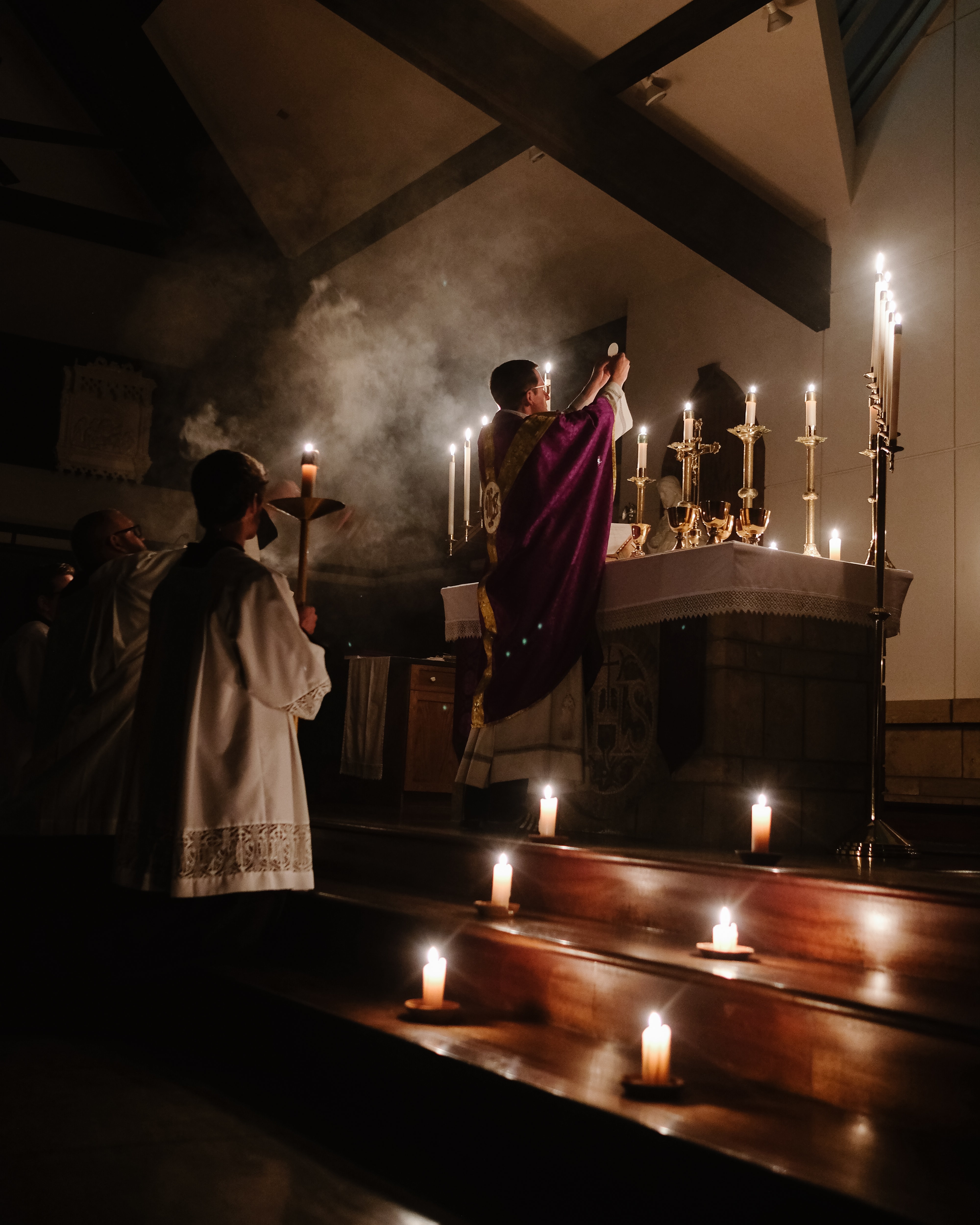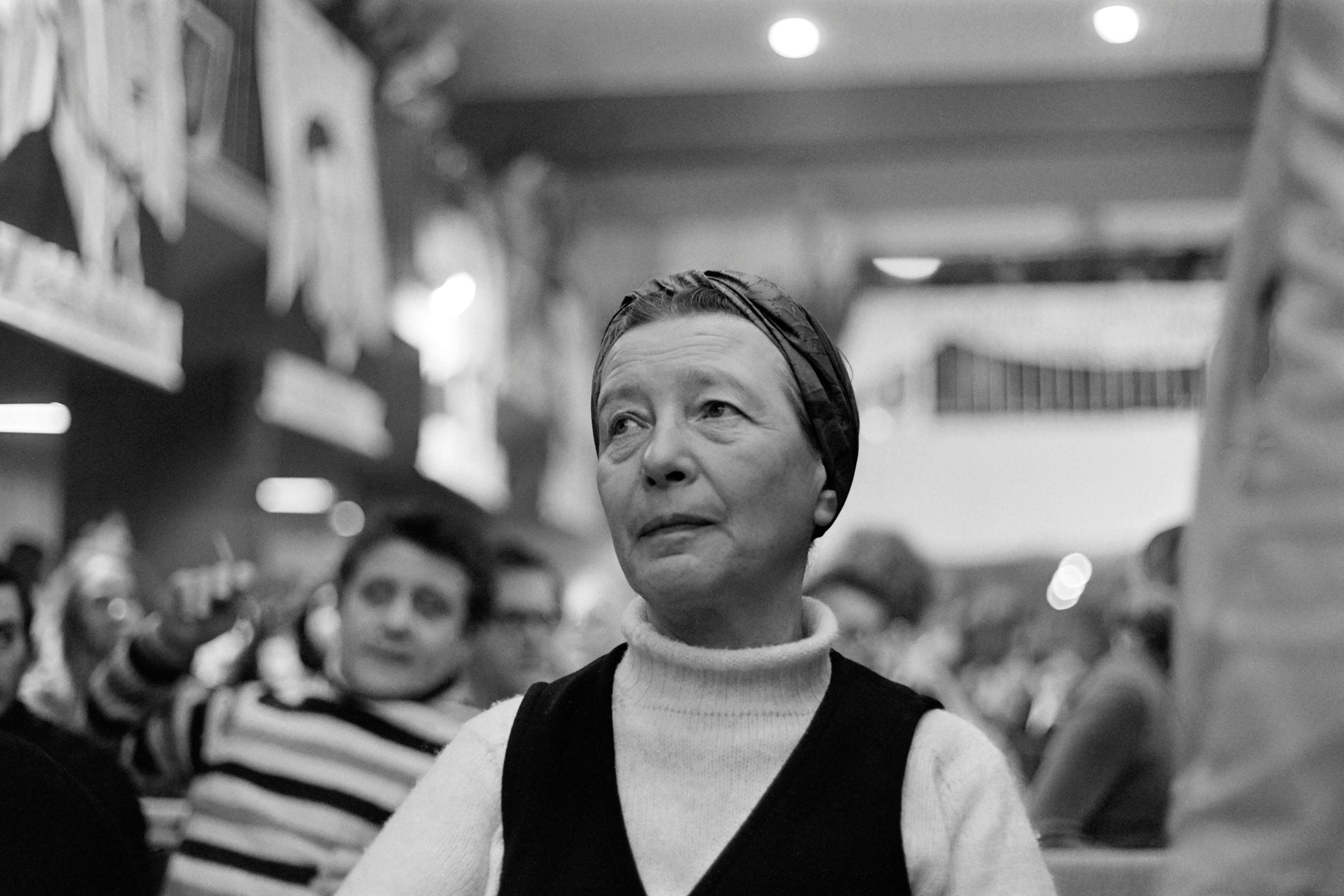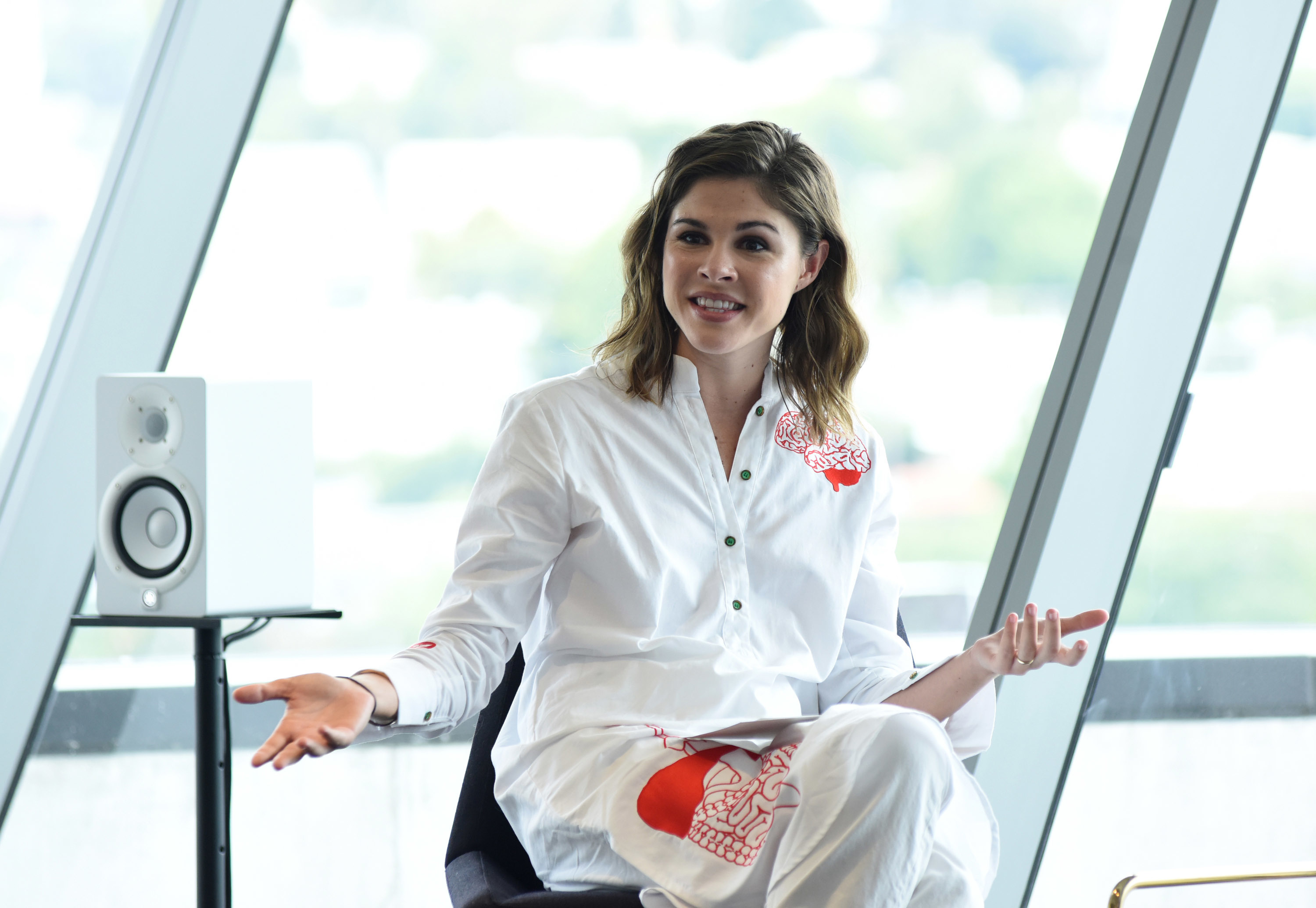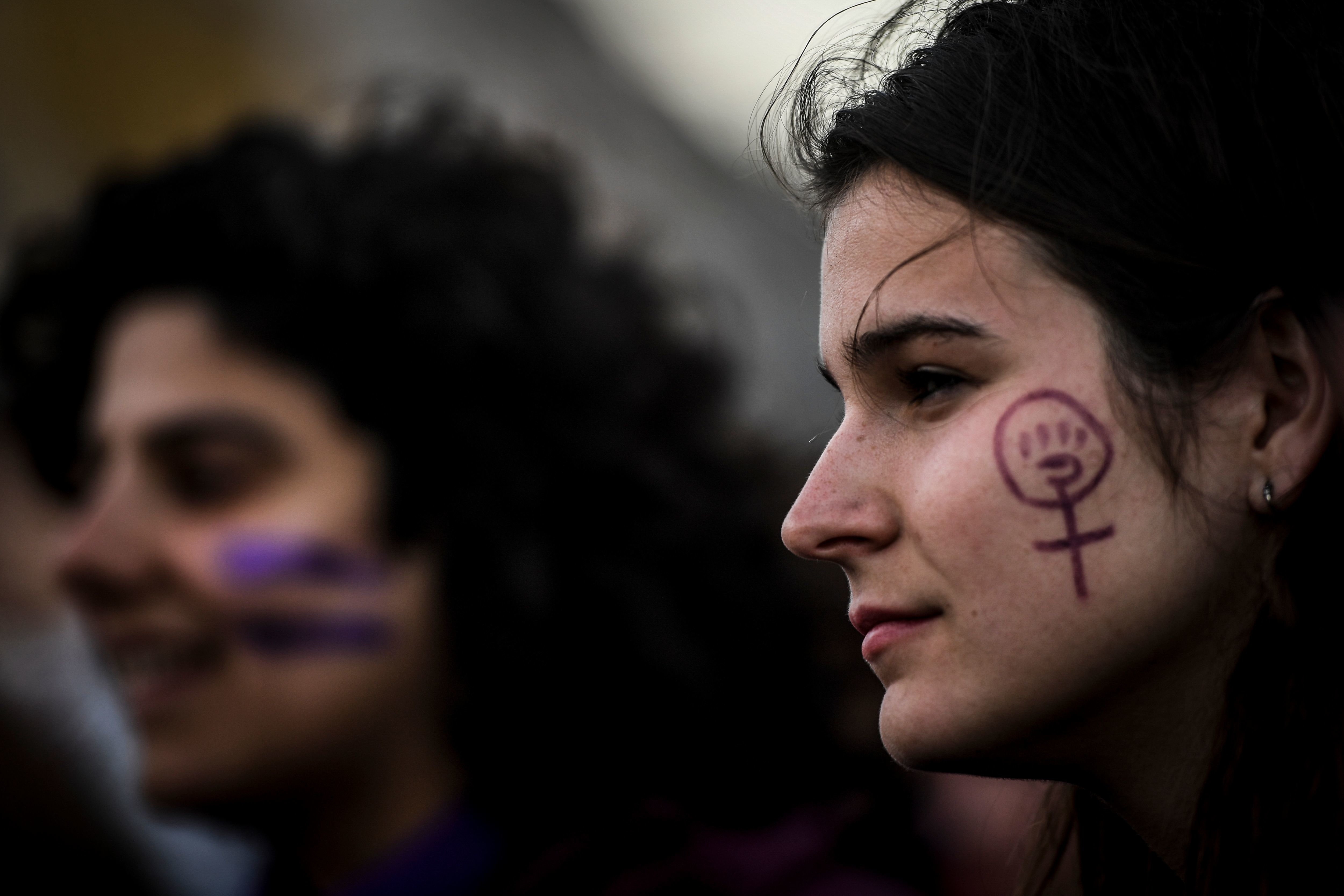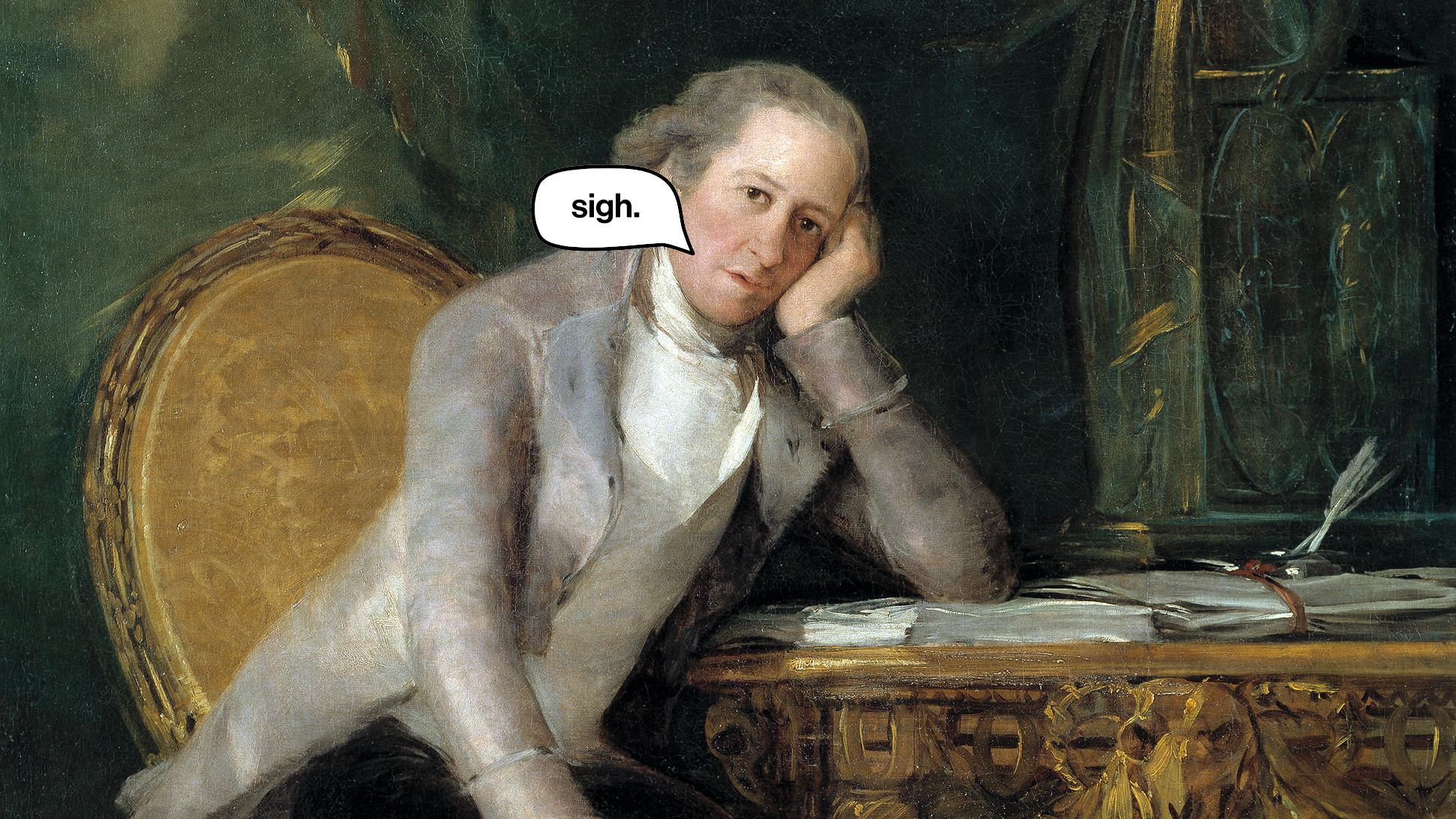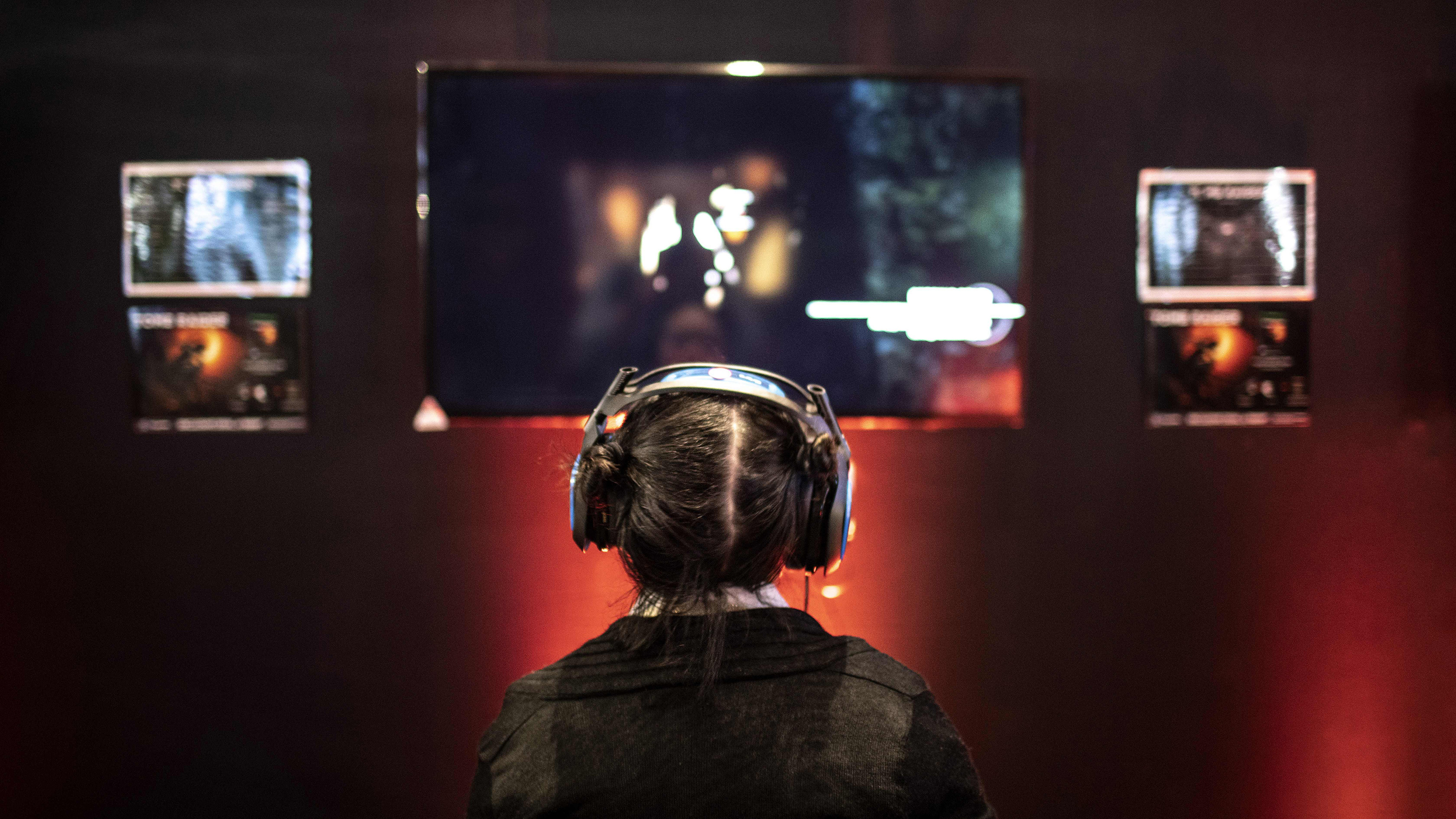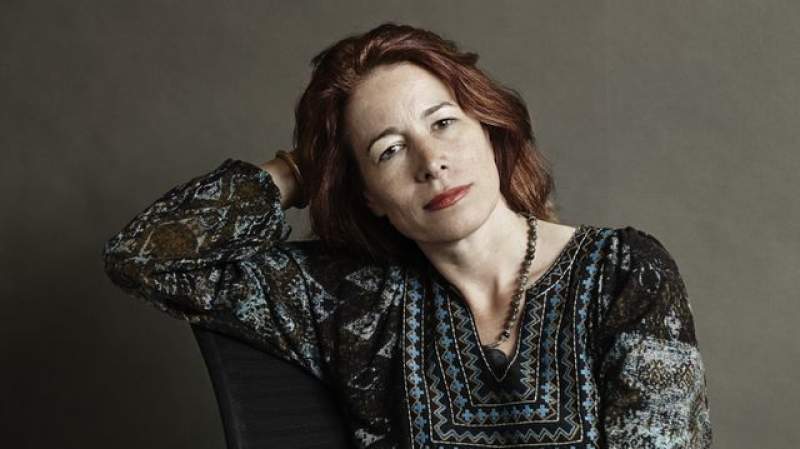feminism
User-driven sites lead to user-based bias.
Dominique Crenn, the only female chef in America with three Michelin stars, joins Big Think Live.
▸
with
We as a society need to rethink the way we value careers over everything else.
▸
3 min
—
with
A few traditions in the Roman Catholic Church can be traced back to pagan cults, rites, and deities.
Iceland has closed almost 88% of its gender gap and increased its lead over second-ranked Norway.
“It’s just a joke,” right?
Unequal gender dynamics still prevail even at the very top.
Some lingerie lines have failed to keep up with a new era.
De Beauvoir finds that the ‘strong woman’ is actually just bound to housework
That’s five more unicorns than the previous three years combined.
In her new documentary, Maxine Trump tackles the topic of choosing not to procreate.
Victims are moral agents rather than moral patients.
Seemingly small moments of discrimination often pass unnoticed.
Gender differences arise only in negotiations between a man and a woman where the woman is in the weak position, but not when the woman is the empowered party.
Nurturing several relationships at once can empower us to build a life so rich that when we lose one love among many, we don’t feel as if we’ve lost ‘everything.’
These great thinkers remind us that taking an unpopular, bold stance might not be madness.
Turns out those violent video games might be a blessing in disguise.
Feminism simply means equal rights for men and women.
▸
5 min
—
with
You might think philosophy is a boy’s club. We are here to correct that misconception.
The best career advice that you are not getting? Financial feminist and Wall Street powerhouse Sallie Krawcheck delivers.
▸
5 min
—
with
No human gets everything they want in life, as Ariel Levy discovered in the worst possible way.
▸
5 min
—
with
This AI hates racism, retorts wittily when sexually harassed, dreams of being superintelligent, and finds Siri’s conversational skills to be decidedly below her own.



